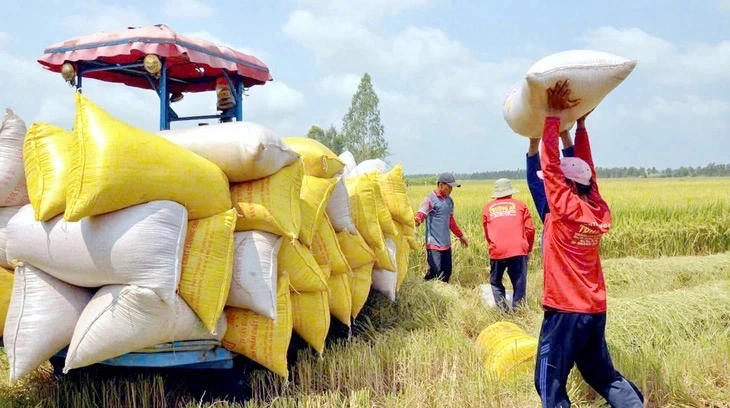
Philippines plans to extend suspension of rice imports, many Vietnamese businesses worry about record inventories - Photo: TL
"Brake" of the No. 1 import market
The Philippines has extended the ban on rice imports for at least 30 more days, after it was originally scheduled to be implemented in September and October 2025, to protect farmers from a sharp drop in domestic rice prices amid the peak harvest season, according to the Department of Agriculture.
In January 2026, imports will be reopened for a period of 1 month with an import volume of about 300,000 tons, then imports will be stopped from February to April, to support prices for farmers during the harvest season.
Currently, the price of rice in many areas is only about 6 pesos/kg, down more than half compared to the level of 14-17 pesos/kg at the beginning of the season.
The Philippine government is implementing an emergency procurement program, expanding the storage system through the National Food Authority (NFA) and imposing a nationwide floor price to prevent prices from falling further.
The Philippine Department of Agriculture is also considering raising import tariffs and banning state agencies from buying imported rice, a move that shows the country is moving towards a policy of "balancing supply and demand" instead of relying on imports.
As of September 1, 2025, the Philippines' rice inventory reached 2.07 million tons, up nearly 25% year-on-year, mainly thanks to NFA and household stocks.
Manila’s extension of the import ban is causing volatility in the global rice market. As the world’s number one rice importer, each adjustment by the Philippines has a strong impact on the supply chain and selling prices of exporting countries, including Vietnam.
According to data from the Vietnam Food Association, the current price of Vietnam's 5% broken fragrant rice is at 450 USD/ton, Jasmine rice is 490 USD/ton, while 100% broken rice has slightly decreased to 310-314 USD/ton.
However, the Vietnam Food Association assesses that the coming period will be under great pressure, because from the beginning of 2025, Vietnam will enter the winter-spring harvest, the main crop and the highest output of the year, while the output for exported rice is unclear.
Ghana surpasses Philippines, Vietnamese rice "changes direction" of export
According to statistics from the Vietnam Food Association, due to the Philippines' temporary suspension of imports, Vietnam's rice exports in September decreased sharply, reaching only 466,800 tons, equivalent to 232 million USD, down 43% in volume and 55% in value compared to the same period in 2024.
In the first 9 months of 2025, Vietnam exported 6.83 million tons of rice, earning 3.49 billion USD, down 2% in volume and nearly 20% in value. The average export price was only 509 USD/ton, a low level compared to the same period.
Meanwhile, Ghana suddenly rose to become Vietnam's largest rice import market, accounting for nearly 22% of the market share, followed by Ivory Coast at 21%, and Malaysia at 10%.
Experts say if the Philippines continues to maintain the ban until the end of 2025, Vietnamese rice prices may face further downward pressure, especially during the peak winter-spring harvest season early next year.
Source: https://tuoitre.vn/philippines-tinh-keo-dai-lenh-cam-nhap-khau-gao-gao-viet-chiu-suc-ep-lon-20251012150119266.htm



![[Photo] Dan Mountain Ginseng, a precious gift from nature to Kinh Bac land](/_next/image?url=https%3A%2F%2Fvphoto.vietnam.vn%2Fthumb%2F1200x675%2Fvietnam%2Fresource%2FIMAGE%2F2025%2F11%2F30%2F1764493588163_ndo_br_anh-longform-jpg.webp&w=3840&q=75)




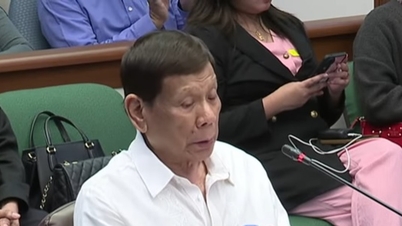

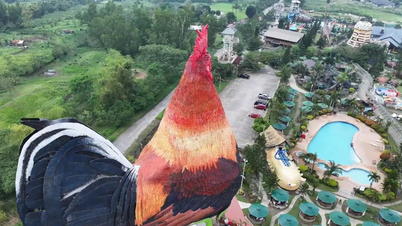









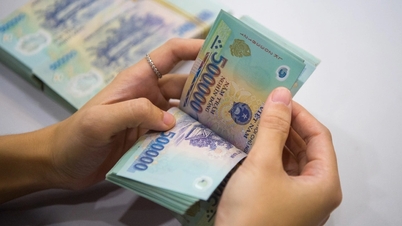
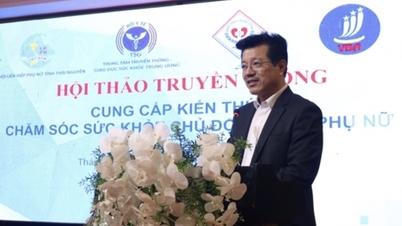










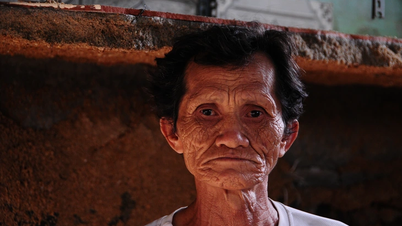




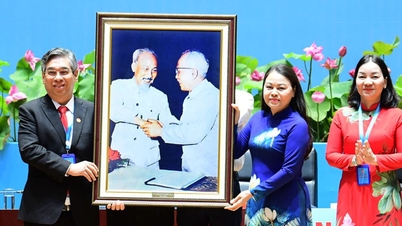



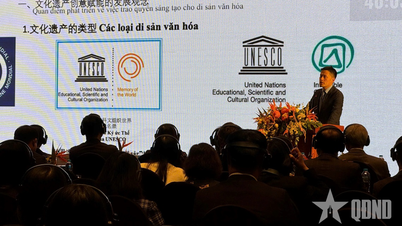











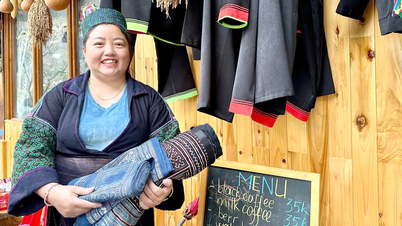


























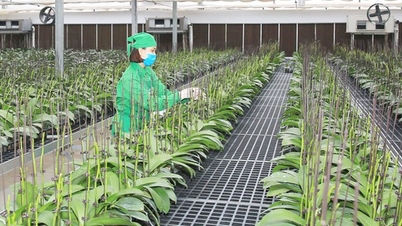




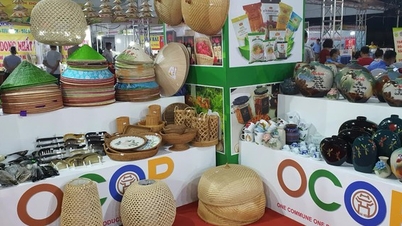






















Comment (0)